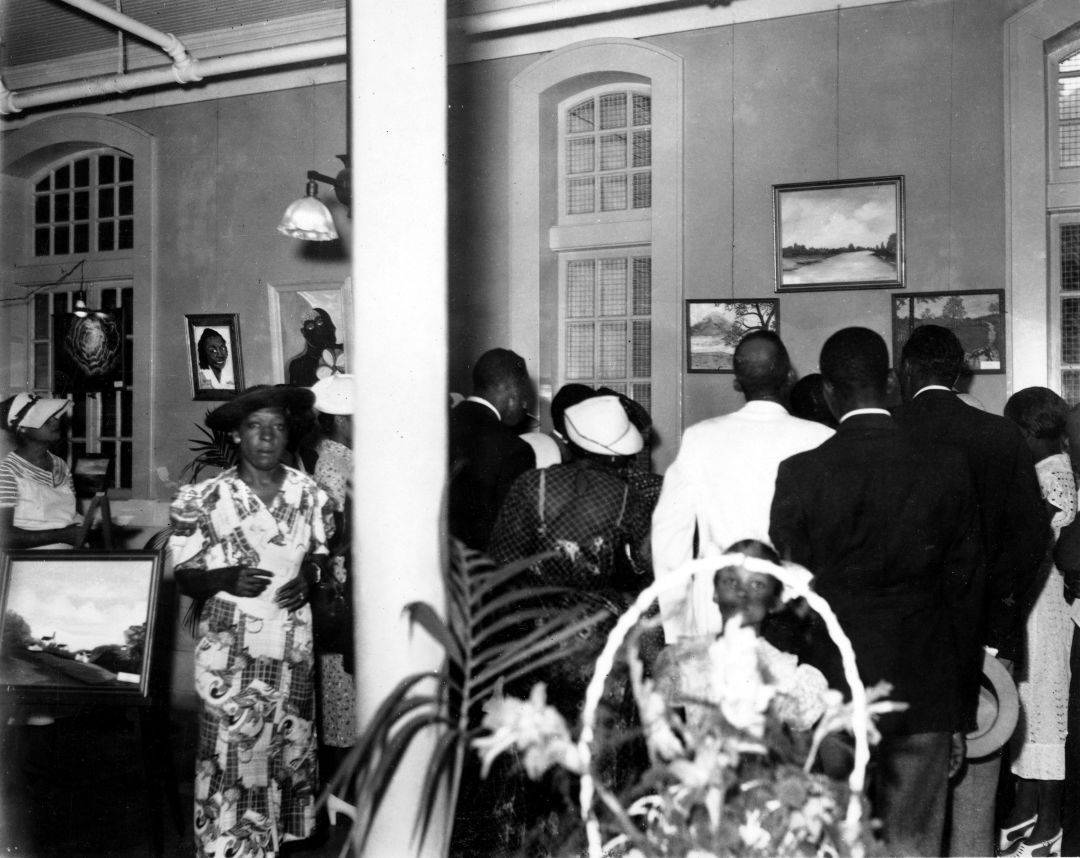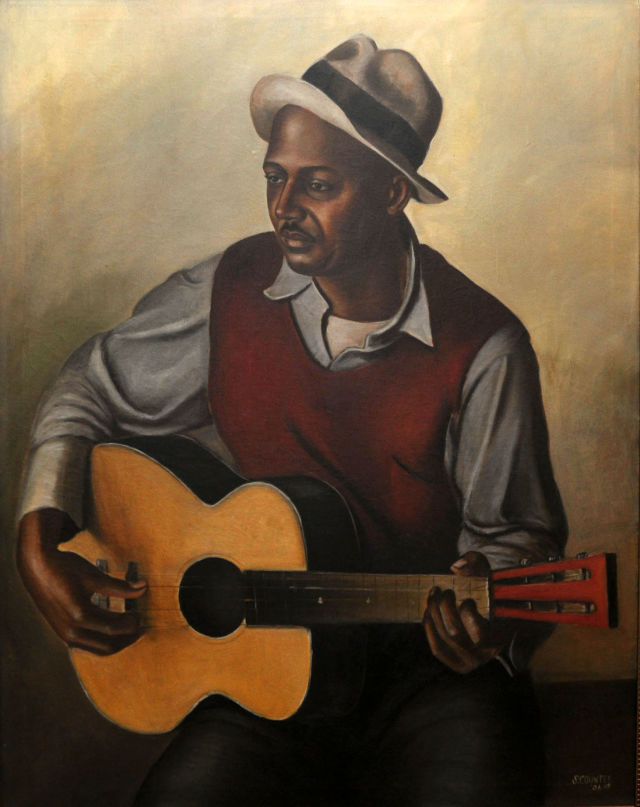See Houston's Early Black and White Artists Exhibit in One Room for the First Time

In the 1930s, every day except Sunday, you could find four dozen or more of Houston’s most cutting-edge artists exhibiting their works. They were part of the Houston Artists Gallery, or HAG, as they referred to themselves. Most were well-off Houston women who assembled, organized and sold their works from two renovated basement apartments, even in the darkest moments of the Great Depression. The gallery found legitimate commercial success from the basement of that still-standing Beaconsfield Apartment Building on Main Street, and artists pushed boundaries, establishing one of the first places in Houston you could sketch and paint from a nude model.
Oh, and every artist was white.
This was, after all, taking place in Texas, at the time the heart of the segregated South. The combination of Jim Crow and de facto racism meant black Houstonians were barred from HAG, instead relegated to display their work in the “Colored Carnegie Library,” a segregated branch of the magnificent (but whites-only) main library. Even the Museum of Fine Arts, Houston was segregated; black residents were only permitted to visit Thursday evenings.
A new exhibition attempts to shine light on this lost history, celebrating the artistic expression shunned by white institutions. Curators say this is likely the first time these black artists’ works have hung in the same space as those of their white counterparts, and it’s happening in the perfect place. On display at the Houston Public Library’s flagship Julia Ideson building, Planned, Organized and Established: Houston Artist Cooperatives in the 1930s is a collection of four works from black artists and 58 from white artists—a stark imbalance that reflects the racial divide in the city’s nascent art community.

Because they were kept separate from the patrons and collectors of the art scene, comparatively little is known about many of the black artists. They were hidden, in a way, from the mainstream, curator Randy Tibbits says. “That’s the real discovery—that there was African American art in the 1930s,” he says. While operating at the same time, Houston’s HAG-adjacent Negro Art Guild simply didn't have the opportunities to pursue art. It wasn’t until 1948 that Dr. John Biggers established the art department at what is now Texas Southern University that black artists received the formal training and backing that would elevate their work to the mainstream.
To use an example from this exhibition: In the 1930s, black artist Samuel Albert Countee’s My Guitar would never have hung in the same room as Frederick Brown’s Chauvigny. In fact, on one specific occasion, it didn’t. Both artists exhibited at the 1936 Texas Centennial Exhibition, where a separate space was built for the exhibition’s black artists, the Hall of Negro Life. Countee’s My Guitar was kept far away from the works of prominent white artists, until now.
Houston Public Library curators have done their digging and found four works from two Houston artists for this uniting exhibition. Two works from black artist Jewel Woodard Simon are also on display along with Countee's in the Julia Ideson building. "They weren't the artists that changed art history as a whole," Tibbits says, "but if we don't know our own art history, we're missing something."
Planned, Organized and Established: Houston Artist Cooperatives in the 1930s, on display thru Nov. 9. Julia Ideson Building, 550 McKinney St. 832-393-1300. More info at houstonlibrary.org.
Comments
Post a Comment